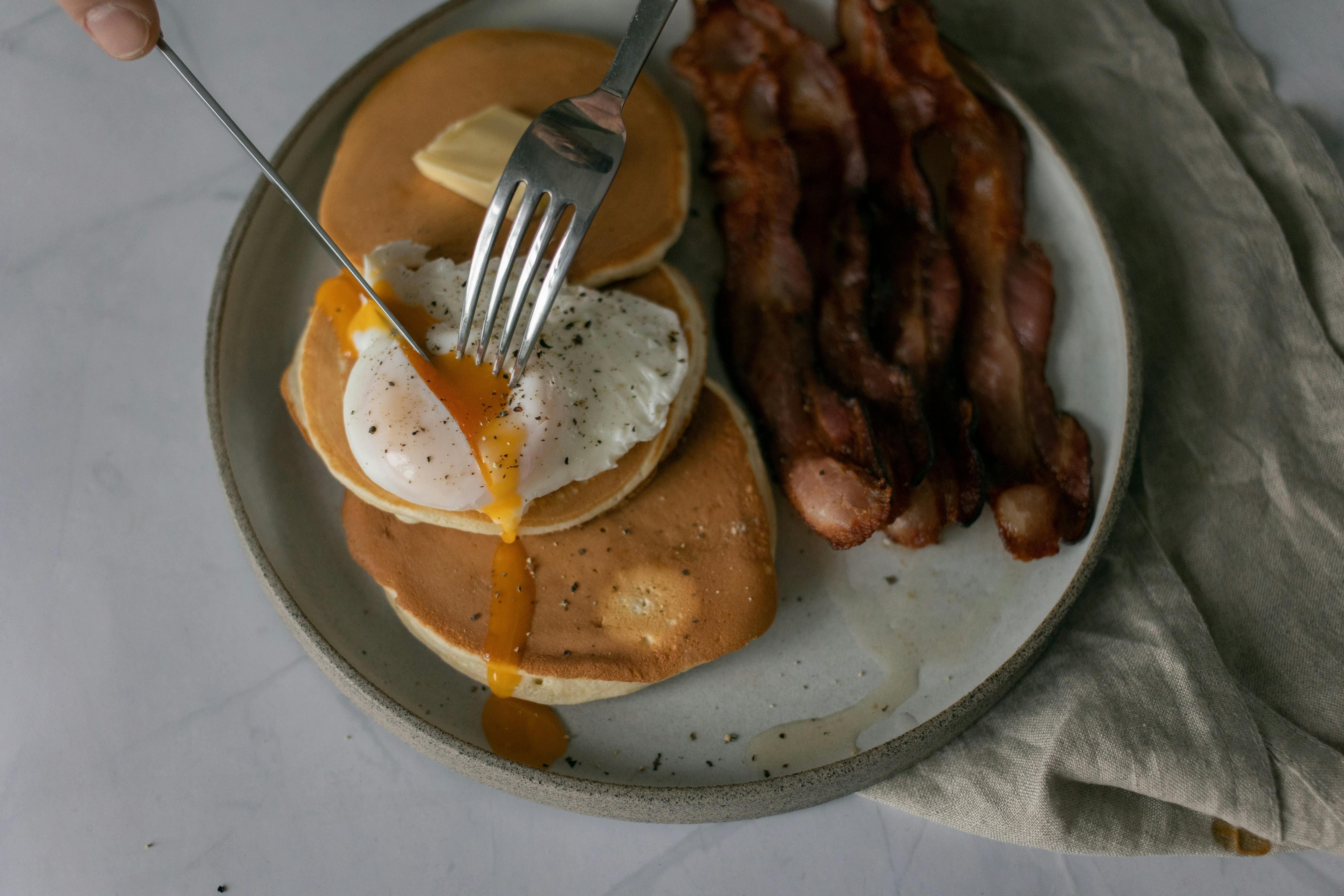Every time you attend a sporting event, no matter the sport or level, fans love to cheer on their favorite teams. This has been the case since sporting events took place, but organized cheering (or cheerleading) dates back to 1898. Thomas Peebles brought the cheering to the University of Minnesota from Princeton University, but student Johnny Campbell became charged and led the crowd. the organized cheer of “Rah, Rah, Rah! Sku-u-mar! Hoo-Rah! Hoo-Rah! Varsity! Varsity! Minn-e-so-tah!” His leading of the cheers at the game earned an article in the November 12, 1898 issue of “Ariel” stating that Campbell and the others leading the crowd in the cheers “would see to it that they all leave the park today breathless.” and no voice. Shortly after this game, an organized team was formed at the University of Minnesota consisting of six male students.
At the turn of the century, cheerleading as an organized activity or sport began to expand. In 1903 the first cheerleading fraternity, Gamma Sigma, was formed. In the 1920s, women began to be active in cheerleading, because until around 1923, cheerleading was only men. As women joined the cheerleading ranks, elements such as megaphones and acrobatic or gymnastic moves were added to the routines. The pom-pom (what some might consider the ultimate cheerleading symbol) was invented by Fred Gastoff in 1965.
The National Cheerleading Association (or NCA) was formed in 1948 by Lawrence “Herkie” Herkimer, a former Southern Methodist University cheerleader. He formed this association to conduct clinics for cheerleaders, and the first clinic (held in 1949) consisted of 52 female participants. He also formed the Cheerleading Supply Company in 1953, which sold skirts and sweaters for cheerleading teams and groups.
During the 1970s, cheerleading gained a boost, a very glamorous boost, when the Dallas Cowboys cheerleaders became a recognized group with the trademark revealing blue and white uniforms and fancy dance moves. Professional football teams weren’t the only ones to have cheerleading squads: other sports like basketball, baseball, and hockey took notice of the popularity of cheerleading and created their own cheerleading squads.
In 1978, the first Cheerleading College Championship was telecast on CBS, as competition among cheerleading teams began to grow. In the 1980s, the ESPN cable sports network began broadcasting the National High School Cheerleading Competition. As the popularity and love of the activity grew, so did the difficulty and complexity of the routines. Along with the increase in the degree of difficulty of the routines came the concern for the safety of the participants. Most cheerleading organizations have adopted universal safety standards to help ensure the safety of cheerleading participants and decrease the number of injuries sustained.
In today’s society, cheerleading is a huge part of American culture. There are movies that have popularized the sport of cheerleading (such as the Bring it On movie series). Reality shows have featured cheerleaders (“Dallas Cowboys Cheerleaders Making the Team” and WE Television’s reality show “Cheerleader Nation”). Serious fans can find cheerleading video games for the Nintendo and Wii entertainment systems. Many of today’s most popular figures were former cheerleaders, including President George W. Bush, Madonna, Paula Abdul, and Vanna White.
Cheerleading remains hugely popular, with thousands of young men and women attending camps and clinics to learn the latest cheerleading routines and skills. There are estimates that 97% of those involved in organized cheerleading today are women, but at the college level the level of participation of men and women is equal.
